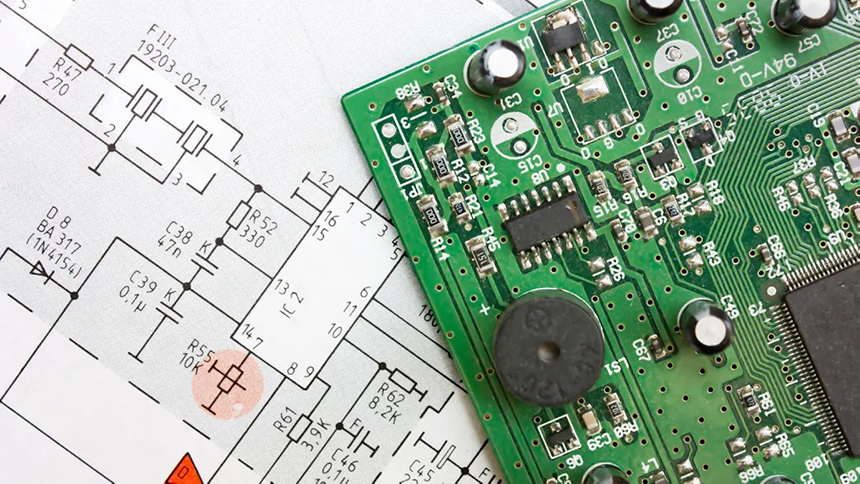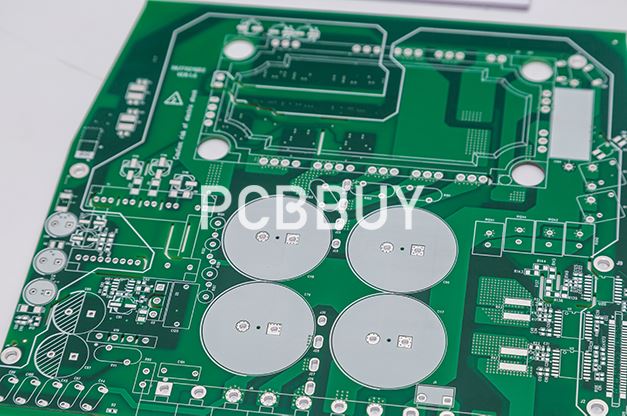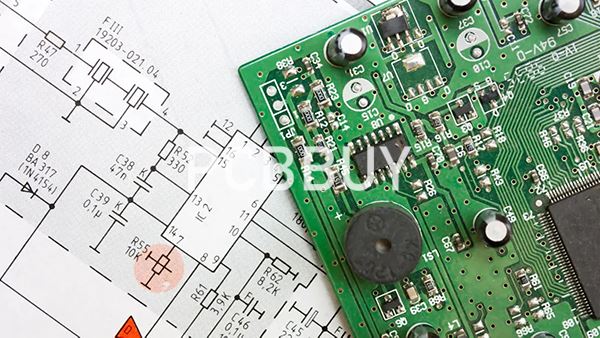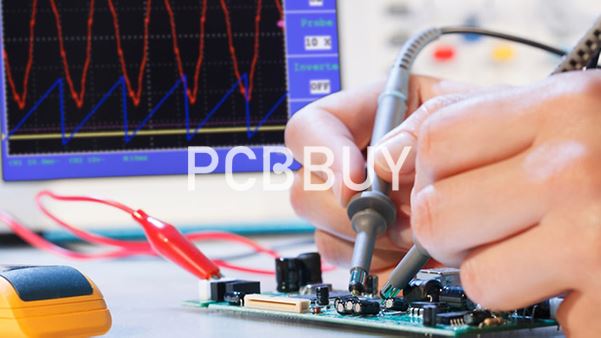What Are the Considerations of PCB Shielding Principles?
By:PCBBUY 02/20/2024 15:42

Shielding a design requires that it be encapsulated on both sides with a layer of PCB material that acts as a barrier to the absorption or radiation of EMI. These layers are connected to ground so that any EMI is harmlessly dissipated.
In this passage, we will provide you all the details about PCB shielding and the methods to process it. Please check and read the content below in this passage.

What Are the Considerations of PCB Shielding Principles?
Fortifying electronics against EMI needs to be part of the overall design of the circuit board. Here are the four main areas of PCB layout that should be considered for EMI prevention:
Board Layer Stackup
How the layers are configured in your PCB stackup is an essential first step in the control of EMI. While it may seem attractive to reduce the layer count to reduce manufacturing expenses, that strategy may damage the signal integrity of the board. High-speed signals, sensitive analog nets, and noisy power circuitry all need to be isolated from each other, and that may require additional layers in the stackup. It is also important to provide enough layers for ground planes to shield these signal layers from emitting or being victimized by EMI.
Component Placement
How components are placed will also make a big difference in how the board is shielded against EMI problems. Here are some general guidelines to keep in mind:
· Keep the analog circuitry separated from the digital circuitry.
· Keep your analog components placed closely together to keep their trace lengths short.
· Provide enough bypass capacitors to ensure a clean power delivery network.
· Include low-pass filtering in your design.

How does EMC Shielding work in PCB?
The main purpose of effective EMC Shielding is to prevent electromagnetic interference (EMI) or radio frequency interference (RFI) from impacting sensitive electronics. This is achieved by using a metallic screen to absorb the electromagnetic interference that is being transmitted through the air. The shield effect is based on a principle used in a Faraday cage – the metallic screen completely surrounds either the sensitive electronics or the transmitting electronics. The screen absorbs the transmitted signals, and causes a current within the body of the screen. This current is absorbed by a ground connection, or a virtual ground plane.
What are the applications of PCB EMC shielding?
Here’s a look at some of the ways EMC Shielding is used across a broad range of applications…
· EMC Shielding is used to protect medical and laboratory equipment, where it is vitally important and potentially life-saving to disrupt and prevent signal interference. Anything from AM/FM emergency service transmission and other telecommunications, to data communications, theatre and ward patient monitoring equipment, and even in-body medical devices such as pacemakers.
· EMC Shielding can prevent access to data stored on RFID chips or embedded in other devices.
· EMC Shielding can be used in combination with air-gapped systems to increase and complement existing security measures, such as those used in military, government and financial systems.
How to shield a PCB?
Metal shields or cans are added to shield a circuit board from EMI, in order to contain critical areas on the PCB. Shielding covering four sides and the top is soldered down to the ground plane under the components. This type of shielding is called a Faraday cage. Ideally the shield should completely enclose components to block off all emissions. However, shield openings are required for thermal cooling, seams, adjustments, and solder points to the board.

What are the typical attributions of PCB shielding?
· Small footprints;
· Low-profile configurations;
· Two-piece design (fence and cover);
· Through-hole or surface mount;
· Multi-cavity patterns (isolate multiple components using the same shield);
· Virtually limitless design flexibility;
· Ventilation holes;
· Removable covers for quick access to components;
· I/O holes;
· Connector cutouts;
· Enhanced shielding with RF absorbers;
· ESD protection with insulator padding;
· Reliable protection from shock and vibration using secure locking features between the frame and cover.
Industry Category











